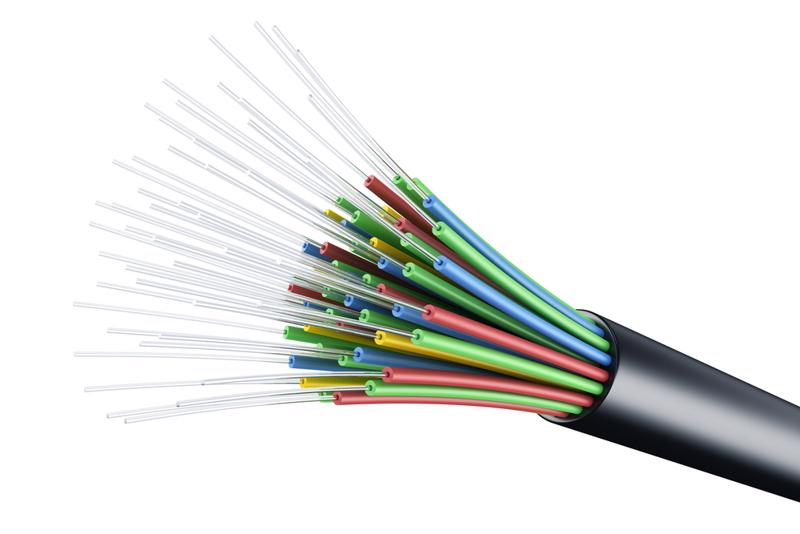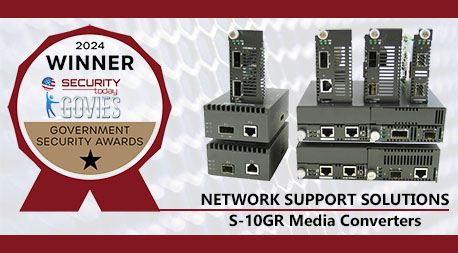
ITU announces new high-performance fiber standard
By Max BurkhalterMarch 3, 2016
Fiber-optic cabling is capable of extending high-performance broadband services over long distances, and performance capabilities continue to rise. The International Telecommunications Union recently announced that it is working toward a standard that will support delivery of 10 Gbps optical network speeds in both downstream and upstream data channels. This will result in huge performance gains for telecommunications providers working to develop symmetrical network services. At this point, the ITU has achieved first-stage approval for the standard.
At its core, this new standard offers a nice performance boost for symmetrical telecom services. However, it is worth nothing that this step forward highlights just how much potential fiber still has. Even 10 Gbps upstream and downstream throughput is not pushing optical cables to their limit. Instead, technologies like wave division multiplexing have the potential to unlock far greater gains for fiber-optic networks. This key new standard from ITU is primarily a complement to its already present 10 Gbps standards that make advanced broadband functionality accessible for telecommunications cable runs extend out to 20 km.

A close look at the new ITU standard
The new ITU-T G.9807.1 "10-Gigabit-capable symmetric passive optical network" (XGS-PON) is being designed for telecommunications services reaching residential, commercial and mobile network users. The goal with the new specification is not to necessarily break new ground in the fiber market. Instead, it is to offer cost efficiency for telecoms focused on symmetrical network services. Because of this, the ITU is working to either use existing standard frameworks as much as possible or ensure backward compatibility within the design of the new XGS-PON specification. Some areas of commonality include:
- Full support for existing 10 Gbps symmetrical transceiver hardware.
- Significant similarities to the existing ITU-T G.987.2 and IEEE 802.3 standards for the physical network layer.
- ONU management and control systems that match existing ITU specifications.
- A protocol layer that is based on NG-PON2.
- A wavelength strategy that can work with current G-PON, XG-PON and NG-PON2 systems.
All of these nods to earlier standards highlight the way that the new ITU XGS-PON specification is a natural iterative step forward for telecommunications systems. Taken together, these capabilities emphasize the considerable potential that optical networks hold in residential, commercial and mobile settings.
Fiber in residential segments
Symmetrical networks are rising in the residential sector as more consumers embrace the full capabilities of smartphones and tablets. These tools allow people to easily create their own media-rich content and upload it to the Web or social channels. The result is a huge burden on traditional telecom networks that have been built to emphasize download speeds while only supporting minimal upload capabilities.
Fiber-to-the-home networks unlock the core bandwidth functionality that consumers need to support multiple users accessing broadband services simultaneously, and this new standard could help telecoms accelerate the process of getting those systems out to end users. Balancing cost with potential revenue is always a challenge for FTTH plans, and having a more cost-efficient 10 Gbps symmetrical network solution helps keep installation expenses under control.
Fiber in commercial settings
Businesses face a wide range of network challenges that make robust telecommunications services more important than ever. Between increased use of video - both creating and consuming content - and large file sharing efforts, there is considerable demand for advanced network services. Throw in increased use of media-rich web services that depend on WAN connections instead of the LAN and you have a recipe for staggering bandwidth challenges for organizations in many sectors.
"Optical networking solutions are becoming key in a wide range of sectors."
Telecoms face significant limitations in many commercial services, particularly when it comes to make large, expensive investments. Consumers may be willing pay heavily for better network performance so they can have better entertainment at home, but businesses must justify the upgrade from a revenue perspective, so telecoms need to build new optical networks efficiently enough to keep service plan costs affordable. This is one area where quality media converters come into play, as their low total cost of ownership can make it easier to limit expenses over the life of your network.
Fiber in mobile networks
Many of the trends impacting the residential and commercial settings stem from increased mobile device use and the ways that smartphones and tablets give users new technological capabilities. This means that many of the data transmission impacting these markets will also come to mobile networks. Fiber can serve as an ideal backhaul solution getting data to and from radio signal towers and base stations in the most efficient way possible.
Optical networking solutions are becoming a key requirement in a wide range of industries. Because of this, telecoms increasingly need to be able to deliver high-performance solutions in a cost-efficient way. Standards like the new XGS-PON specification could go a long way in helping telecoms get network installation costs under control, making it much easier to not only meet the needs of residential, commercial and mobile customers, but also monetize fiber-optic networks.
Perle has an extensive range of Managed and Unmanaged Fiber Media Converters to extended copper-based Ethernet equipment over a fiber optic link, multimode to multimode and multimode to single mode fiber up to 160km.


